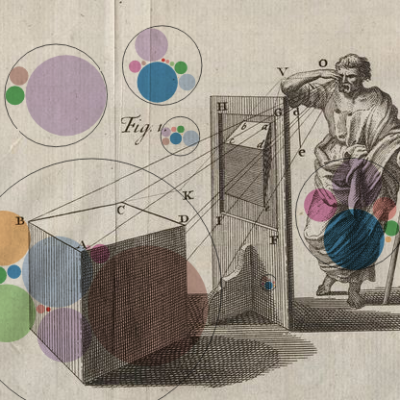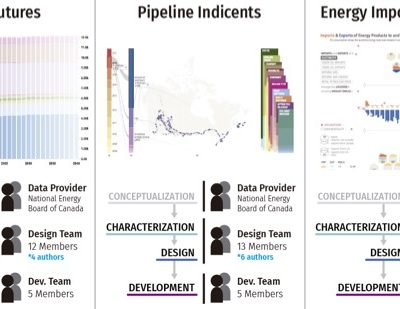Belief at first sight Data visualization and the rationalization of seeing
The theme for this paper emerged from a 3-year project on visualizing open government data at the University of Calgary. During that time, we had many fruitful conversations over the implications of visualizing data for the public, and the implied trust in the data that this would or would not bring. This paper is a result of some of these conversations and you can download it here.

Abstract: Data visualizations are often represented in public discourse as objective proof of facts. However, a visualization is only a single translation of reality, just like any other media, representation devices, or modes of representation. If we wish to encourage thoughtful, informed, and literate consumption of data visualizations, it is crucial that we consider why they are often presented and interpreted as objective. We reflect theoretically on data visualization as a system of representation historically anchored in science, rationalism, and notions of objectivity. It establishes itself within a lineage of conventions for visual representations which extends from the Renaissance to the present and includes perspective drawing, photography, cinema and television, as well as computer graphics. By examining our tendency to see credibility in data visualizations and grounding that predisposition in a historical context, we hope to encourage more critical and nuanced production and interpretation of data visualizations in the public discourse.
Presentation at Information+ Conference:


